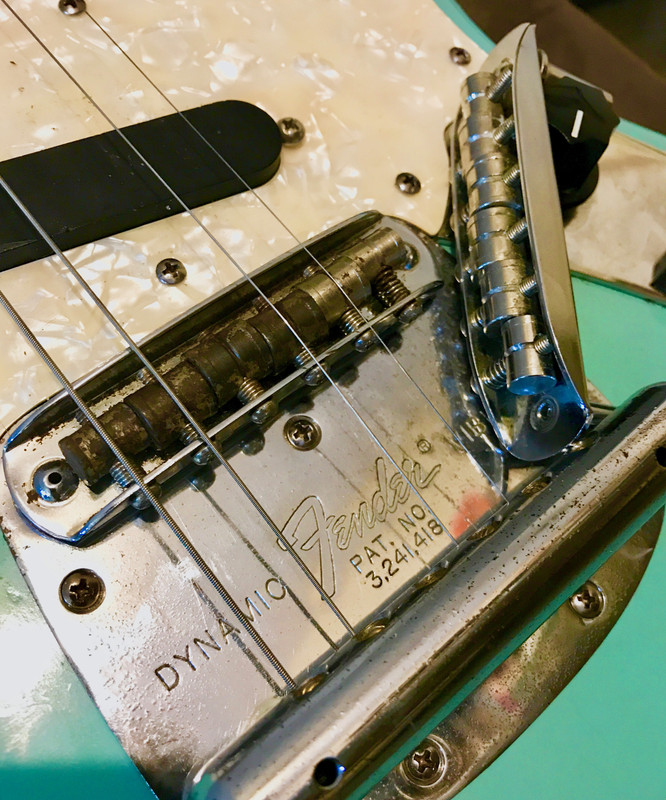Re: Fender Mustang Vibrato: Setup Guide
Check out The Creamery, they have a wide variety of Mustang/Duo Sonic pickups, just about every strat model they also offer for Mustangs. I ordered a set of the Sonic '60s for my 76 Mustang, but they haven't arrived yet (hand made to order and shipping from UK to the US take a while)
Check out The Creamery, they have a wide variety of Mustang/Duo Sonic pickups, just about every strat model they also offer for Mustangs. I ordered a set of the Sonic '60s for my 76 Mustang, but they haven't arrived yet (hand made to order and shipping from UK to the US take a while)




Comment